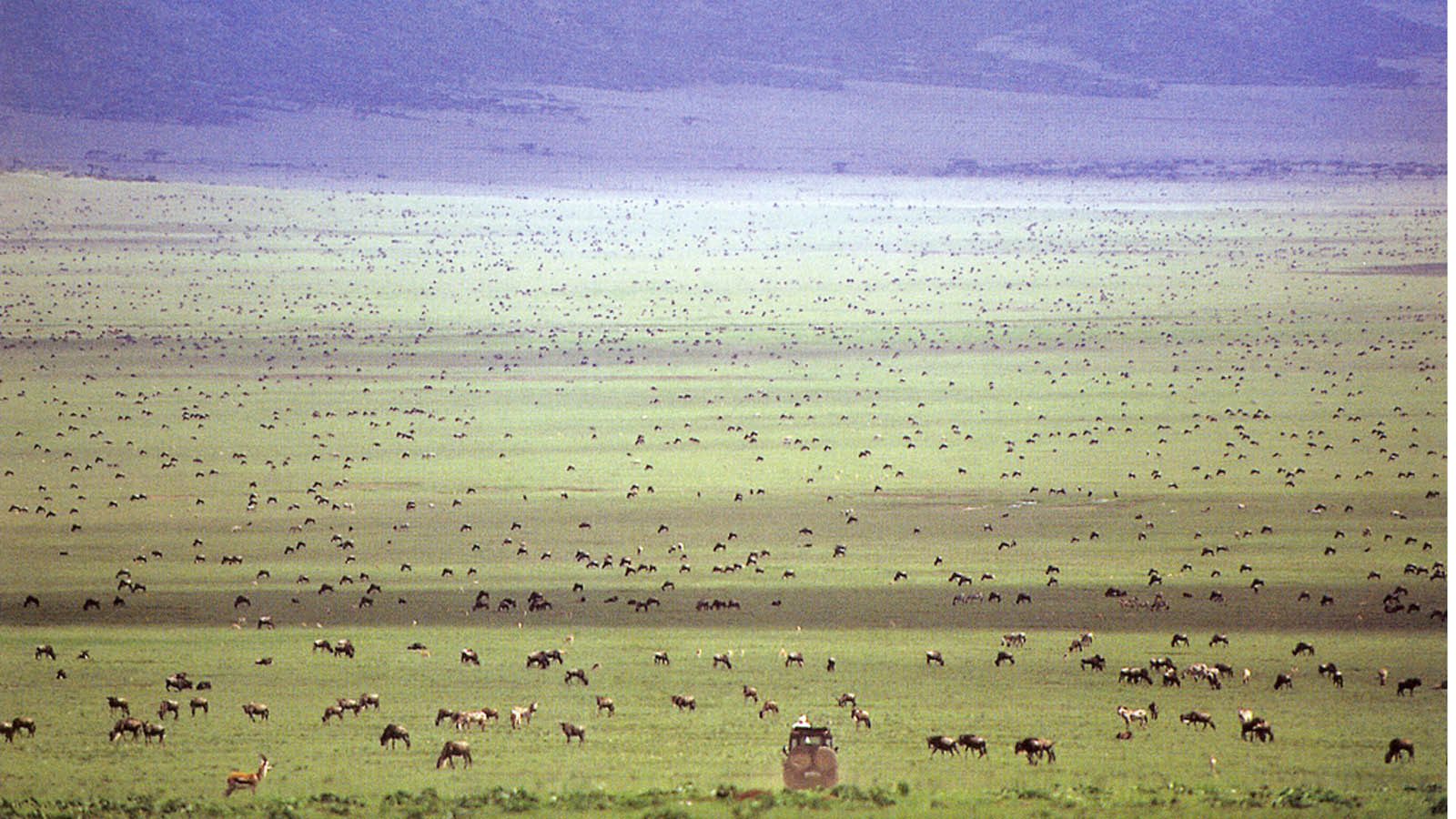The Serengeti Africa is one of those very rare places that has a huge reputation, yet still somehow manages to surpass expectations and take your breath away. Surrounded by remarkable tribes such as the Massai and Hadzabe, this wider area is also fascinating from a cultural perspective. The whole park is a world heritage site, and the varied eco-system coupled with the huge volume of wildlife means you can spend ample time in different locations and never feel like you’ve seen it all. From the dramatic Kjopes in the north, to the acacia dotted endless plains to the south, it is not just the animals which makes a safari in the Serengeti so remarkable. In a nutshell, it is rightly the most celebrated wildlife reserves in the world; there is nowhere else to match it. It is outstanding!
Serengeti National Park | The Wildlife
There is such a variety of species to be found in the Serengeti and definitely too great a number to mention here, which is why it is such an integral part of a Tanzania safari. The park’s main attraction is the Great Migration, consisting of up to 2 million wildebeest, 200,000 zebras and 350,000 thompson, impala and grant’s gazelles – many consider it to be the most spectacular remaining African wildlife spectacle. The predator viewing here is exceptional with approximately 3-4,000 lion and huge numbers of cheetah, leopard and hyena. Other animals commonly found in the park include topi, eland, hartebeest, buffalo, elephant, caracal, serval, bat-eared fox, hyrax, genet, hares, porcupine, aardvark, giraffe, jackal, mongoose, crocodile, monitor lizard, aardwolf, many kinds of primates including baboons, vervet and colobus monkeys, and over 500 species of bird.
Where is the Serengeti?
The Serengeti is the main component of a Northern Tanzania Safari Itinerary. It is a vast stretch of endless plains brimming with wildlife in the North East of Tanzania – Tanzania’s border changes it to Kenya’s famous Masai Mara. It is only a short flight from Arusha (along with many other Northern airstrips!) – a flight you absolutely must consider if you are ever visiting other Northern Tanzania parks. Many travellers also visit Northern Tanzania to experience the vibrant Maasai culture in the Ngorongoro Highlands, but also to go into the Ngorongoro Crater itself. There are also other smaller surrounding parks, Lake Manyara and Tarangire, but these are more “add on” destinations – The Serengeti in our view is the real star of the show.
When to go to the Serengeti National Park
To focus solely on the Great Migration would be to do this park a grave injustice. Even taking the Great Migration out of the equation, it can be argued that the Serengeti is still the finest park in Africa. Vast herds of grazers, huge prides of lion, spectacular expanses of uninterrupted views, wildebeest river crossings, great leopard sightings, fantastic vast cheetah inhabited plains and some of the best camps in Africa – as such, it is an incredible safari destination year-round.
Serengeti Migration | When is the Great Migration in the Serengeti?
The Wildebeest Migration is often thought to be the star of the show on a Tanzania holiday. Contrary to popular misconceptions, the herds can be seen in the Serengeti all year round. There are some better months to visit to get the full impact of the sheer size of the herds such as in July – October when they are crossing the mighty Mara River in Northern Serengeti, or in February when they all congregate for calving season in the southern Ndutu plains.
